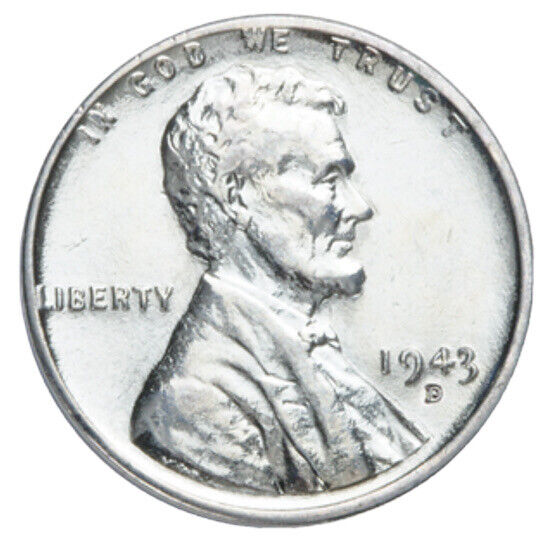The 1943 steel cent, often referred to as the “steel penny,” represents a unique chapter in the history of United States coinage. This one-year issue coin was born out of necessity during World War II. The United States Mint faced a critical shortage of copper, a metal essential for wartime production, leading to the temporary switch from the traditional bronze composition to steel. This article explores the history, production, and legacy of the 1943 steel cent.

Background and Context
During World War II, the demand for copper surged due to its use in manufacturing ammunition and military equipment. In response, the U.S. government sought alternatives to conserve copper. The U.S. Mint, responsible for producing the country’s coinage, needed to adapt quickly. The solution was to manufacture pennies using steel coated with zinc to prevent rusting.
Production of the 1943 Steel Cent
The production of the steel cent began in early 1943. The U.S. Mint facilities in Philadelphia, Denver, and San Francisco were tasked with minting these new coins. The steel core was coated with a thin layer of zinc to inhibit corrosion, which gave the coins a distinctive silver appearance, different from the usual bronze color of pennies.
The table below provides details on the minting facilities and the number of steel cents produced:
| Mint Location | Number of Coins Produced |
|---|---|
| Philadelphia | 684,628,670 |
| Denver | 217,660,000 |
| San Francisco | 191,550,000 |
Challenges and Public Reaction
The introduction of the steel cent was challenging. The new coins were often mistaken for dimes because of their color. Additionally, the steel composition made them magnetic, which interfered with vending machines and coin-operated devices. Public reaction was mixed, with some people appreciating the patriotic effort to conserve materials, while others found the coins inconvenient.
Legacy of the 1943 Steel Cent
The 1943 steel cent holds a special place in numismatic history due to its unique composition and the circumstances of its creation. In 1944, the U.S. Mint returned to producing pennies with a copper alloy derived from recycled shell casings, marking the end of the steel cent’s production. Despite being a temporary solution, the steel cent remains popular among collectors today.
Rare error coins, such as the 1943 copper penny, mistakenly struck from leftover bronze planchets, have become particularly valuable. Their rarity and historical significance have made them sought-after pieces in the numismatic community.
Conclusion
The 1943 steel cent is a testament to the U.S. Mint’s adaptability during a national crisis. Its production reflects the economic and material challenges faced during World War II, and its legacy continues to capture the interest of collectors and historians alike.








Leave a Reply